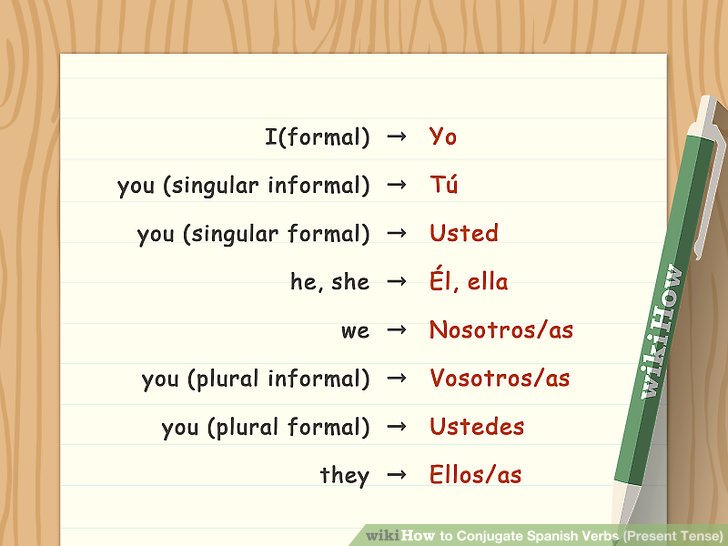Click to see all conjugation charts of haber in every tense
In this conjugation lesson we will learn how to inflect the verb haber in the Futuro tense of the Indicativo mood. It means we will see step by step how to create and translate forms of each grammatical person.
This lesson is specifically about the haber conjugation. For an overview of all the Simple Tenses conjugation check the Simple Tenses Conjugation Chart.
You may also see the Video Presentation on how to conjugate verbs in Futuro. It’s embedded below, but using the above link you will see additional information on conjugation in this tense as well as explanation of special cases and exceptions.
How to translate Futuro to English
Note that the phrases in English provided below next to each conjugation are not direct translations from Spanish to English. They are usually the closest general equivalents. The example differences are:- In Spanish conjugation, there is the form usted in the third person singular. But this person does not translate to the English third person singular. It translates to the so called formal you and uses the inflected form which is most often represented as he/she/it in English conjugation charts.
- Similar situation happens in the third person plural, where ustedes translates to the English plural formal you but uses the form which corresponds to the they form in English.
- Tenses are used differently in Spanish and English, so the actual translation should always take into account the context and focus on translating the meaning, not just words.
- In both languages each verb may have multiple meanings and not every meaning translates directly to the other language. Here also, the context and focusing on the particular meaning helps to create the most accurate translation.
Note the timeline
The ability to correctly locate the desired position on the timeline is an important skill for the right choice of tenses. So note the timeline in our lessons and visualize it while speaking, listening, writing and reading. After some practice you will be able to select the right tense to use much easier.
Step by step instructions
Futuro belongs to the simple tenses group, which means that all of its inflected forms are one word long. There are also compound (compuesto) tenses in the Spanish language, where each conjugated form consists of two words. The verb haber has an irregular conjugation in the Futuro tense of the Indicativo mood. The basis for this conjugation is an irregular stem habr, but all the endings stay the same as in the regular conjugationUse the irregular stem habr in each person Next, add to this irregular stem the endings specific to each person In this tense we use the exact same endings in each of the three conjugation groups -ar, -er, -ir. See the image on the side showing all the six endings. Notice the shapes and colors of the letters. It should help you find patterns and make it easier to remember these endings. Add the regular ending -é for the first person singular in order to get habré:- yo habré – I
- tú habrás – you
- él habrá – he
- ella habrá – she
- usted habrá – (formal) you
- nosotros habremos – we
- nosotras habremos – (feminine) we
- vosotros habréis – (plural) you
- vosotras habréis – (feminine, plural) you
- ellos habrán – they
- ellas habrán – (feminine) they
- ustedes habrán – (formal, plural) you
This is it! The conjugation is now complete. That’s the final result:
| yo | habré |
| tú | habrás |
| él/ella/usted | habrá |
| nosotros/nosotras | habremos |
| vosotros/vosotras | habréis |
| ellos/ellas/ustedes | habrán |
But do not end your session yet – it’s important to repeat and practice the material in order to retain it. Check below for and some links.
Example sentences
¿Dónde se habrá escondido el ratón?
Where will the mouse have hidden?
Next Steps to Perfection
|
Report a mistake | Give feedback
Thank you very much for making the effort to contact us!
We strive to provide the highest quality content and we greatly appreciate even the smallest suggestions:
We strive to provide the highest quality content and we greatly appreciate even the smallest suggestions:

